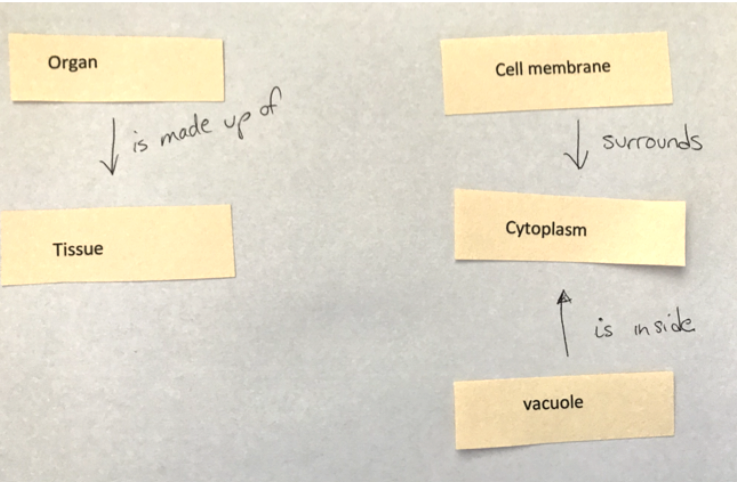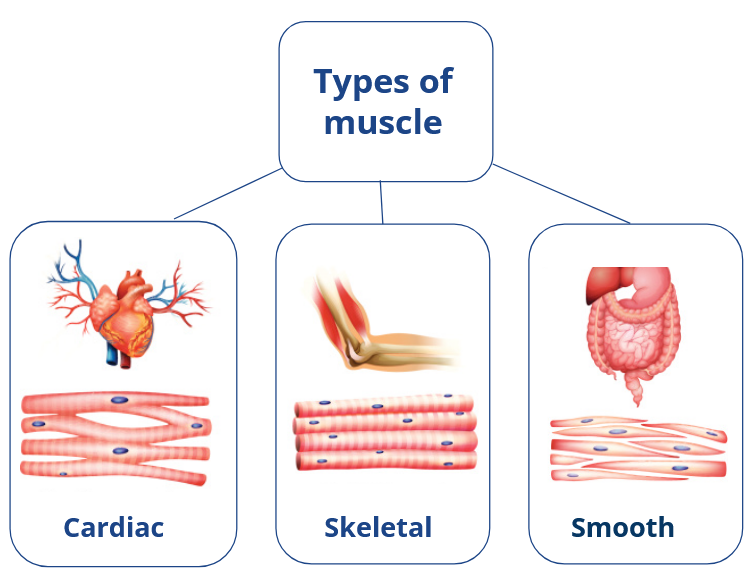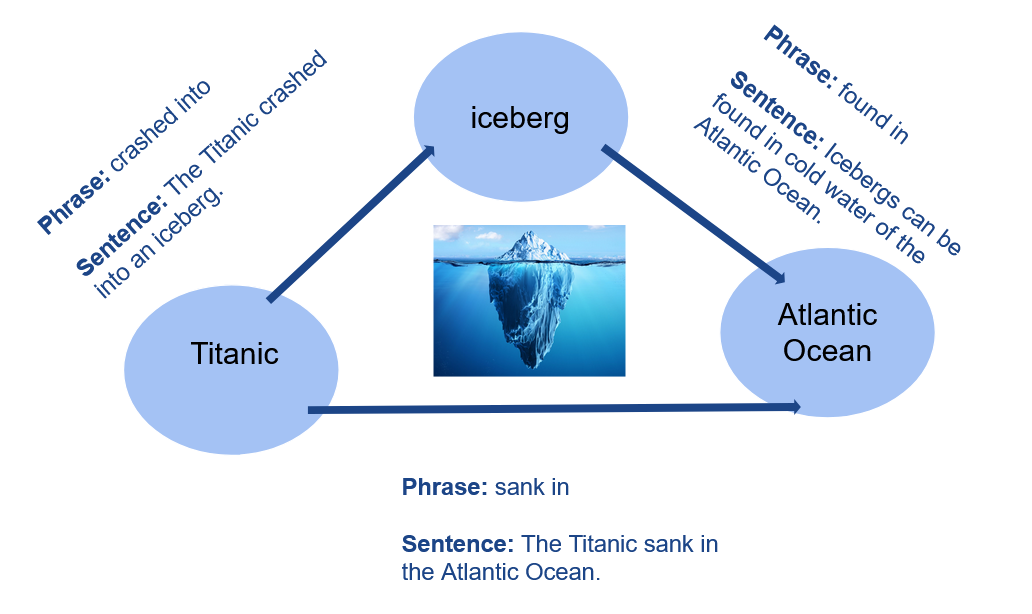Concept Maps

Concept mapping (also known as semantic mapping) is a type of graphic organizer that helps students make these connections. This strategy is part of Colorín Colorado's ELL Strategy Library and can be used to support academic language development for all students.
Strategy Overview
How This Strategy Supports Students' Language Development
 Multilingual learners can learn new words faster and easier when they can connect them to their background knowledge and a context. The purpose of the concept map is to help learners make explicit connections between new terms and deepen their comprehension of new vocabulary. It also helps them deepen their understanding of words and concepts by identifying relationships between two or more words associated with a particular context.
Multilingual learners can learn new words faster and easier when they can connect them to their background knowledge and a context. The purpose of the concept map is to help learners make explicit connections between new terms and deepen their comprehension of new vocabulary. It also helps them deepen their understanding of words and concepts by identifying relationships between two or more words associated with a particular context.
For example, during a unit of study about the human body, teachers may introduce the terms "cell," "tissue," and "organ." Students write these terms on a piece of paper and add a line and phrase to connect the terms such as cells make up tissues or tissues make up organs. In this way, concept mapping develops comprehension of new terms in the context of the unit, forms a network of connections or relationships between the terms, and helps students form complete thoughts and sentences to express their understanding of the terms.
Step-by-Step Instructions
- Choose essential content-related terms related to the unit of study.
- As you teach the terms throughout the unit, write them on an anchor chart.
- Ask students to write new terms on 3 x 5 cards or other pieces of paper. Have them add a translation and visual representation of new terms to the notecards. (Note cards allow students to easily manipulate their terms and make unique semantic maps with new connections.)
- As you add new terms to the anchor chart, help students make connections between the terms. Draw lines or arrows between terms and write the connection between two terms on the semantic map (e.g., tissues make up organs; cells make up tissues; cell membrane surrounds cells).
- Ask students to place note cards on a paper and draw arrows to show connections between terms.
- After reviewing their maps, ask them to create their own maps by writing the terms and showing how they are connected.
- After students have created their concept maps, have them orally share complete sentences about the concept using the words and phrases on the map as support.
- Ask students to write sentences about the concept as formative assessment.
- Independent Practice: Encourage teams of students to create a new semantic map with the terms and make their own connections. Teams of students can then share their different maps and explain the connections they made between the terms.
Note: For ideas on digital concept maps, see "Lessons Learned" below.
Differentiation
- Share key terms and connecting phrases that highlight the relationships of terms (e.g., "is part of," "causes," "needs," "makes up," "has," etc.) by sharing examples of concept maps.
- If students ask questions about additional terms while reading a text, listening to a video, or engaging in a discussion about the topic, add these terms to the concept maps.
- Add visuals to key terms on the semantic map (see "Types of Muscles" example below)
Heritage language support
- Provide lists of translated terms and phrases that students can use on their maps.
- Ask students to write new terms and connecting phrases between the terms in their heritage languages on their maps.
- Purposefully partner students in teams to generate unique concept maps with the terms. For example, you may wish to partner students at beginning stages of language acquisition with those who speak the same heritage languages. Encourage them to make connections between terms using their entire linguistic repertoire.
Lessons Learned
- Modeling how to make connections between terms is essential, but encouraging students to create their own maps to show how their thinking about the relationship between terms deepens the learning and provides opportunities for formative assessment and clarifying misconceptions.
- Having students create their own maps with terms on note cards allows them to quickly and easily rearrange the terms to show different connections before they write those connections on the paper.
- Before asking students to create a concept map, provide comprehensible instruction that introduces the term visually and emphasizes the connections between new terms as they come up in the unit. This direct instruction provides the background knowledge that all students need.
- Concept maps can be developed during the unit and they serve as excellent formative assessments at the end of the unit.
- If you have multiple classes working on the same unit, you can use Google Slides to create a concept map. Create boxes for each new term on the slide and make copies of that slide. For each class, use a different slide to draw a connecting line and phrase describing the connections. Print out one of the slides onto the largest paper, usually 11 x 14 or A3 paper. Remember to enlarge the font for students to see from afar.
- If you are creating the semantic map digitally, consider giving students access to the slides so they have them as well and can access them as needed from wherever they are.
- Students can create their own concept maps with note cards or digitally as a study aid.
Co-Teaching Considerations
Classroom Teachers
- Identify the essential terms for the unit of study.
- Identify the relationships between the terms and the academic language needed to express those relationships.
- Share this information with the ESL teacher.
ESL Teachers
- Add visuals, gestures, and/or heritage language for each new term.
- Co-create the concept map during content instruction to model the process. Write connections between terms using academic language, adding synonyms or translations to increase comprehension.
- Work with a small group of students when they are co-creating their original semantic maps with the terms previously taught.
Examples
Here are some basic examples, one featuring a category and examples (muscle types) and another featuring relationships among terms related to the Titanic. For more examples, see the following resources from our sister sites, Reading Rockets and AdLit.org:
- Concept Maps (Elementary)
- Concept Maps (Secondary)
- Semantic Feature Analysis (Secondary)
 |
 |
Resources
References
- Heimlich, J.E., & Pittelman, S. D. (1986). Semantic mapping: Classroom applications. Newark, DE: International Reading Association.
- Joan Sedita Keys to Literacy
- The Learning Center University of North Carolina at Chapel Hill
- Cornell University The Learning Strategies Center


